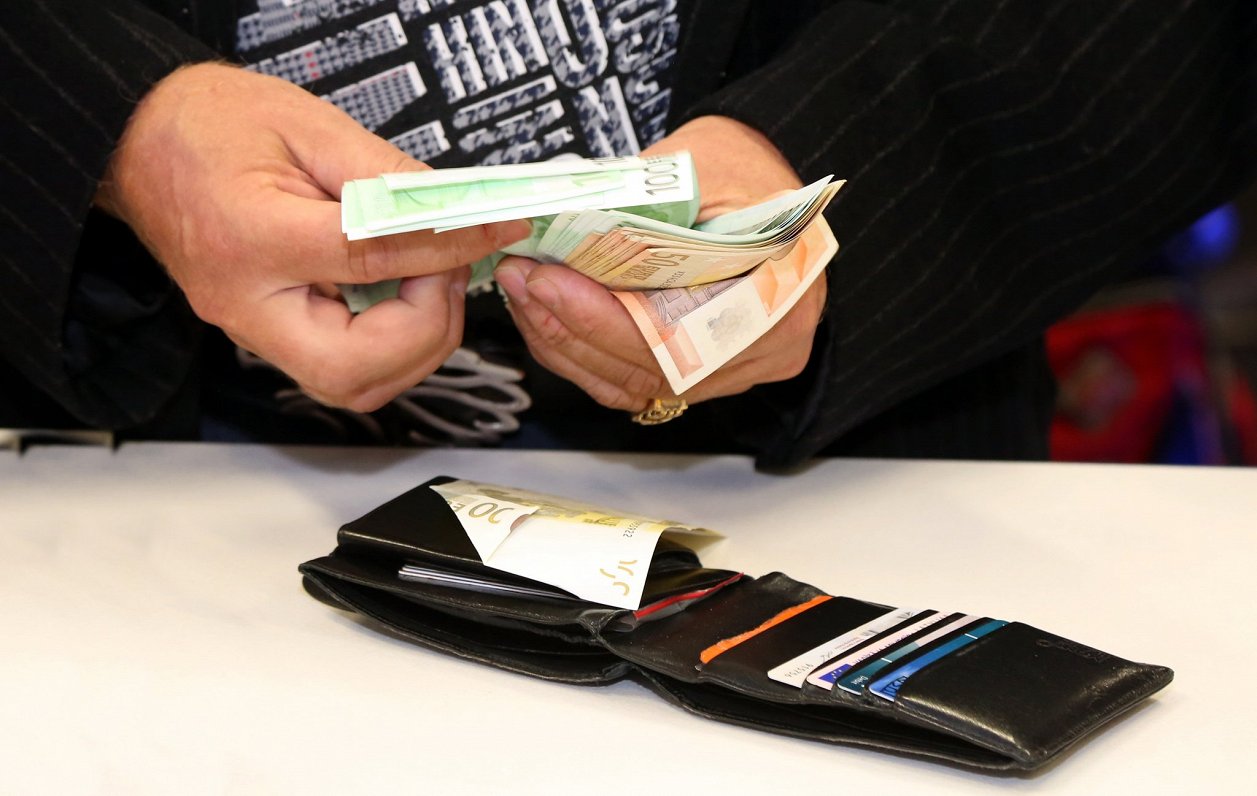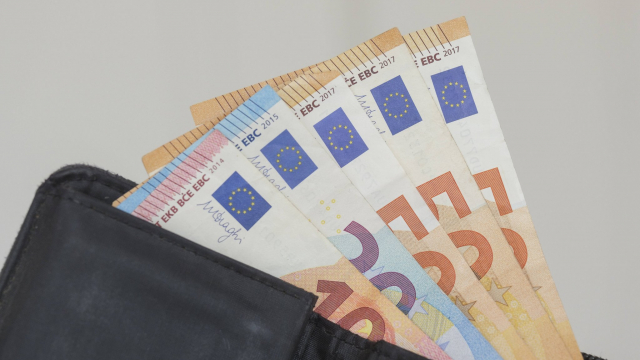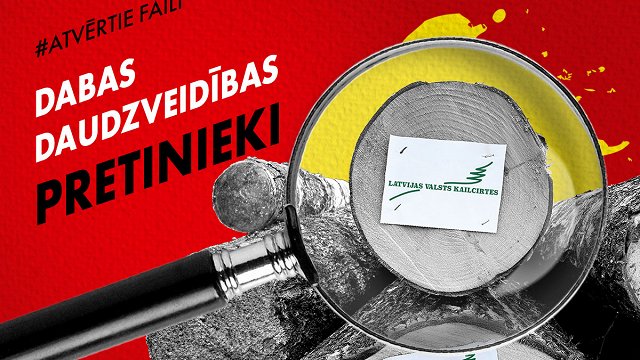The amount of household savings, which has historically been low in Latvia, has increased significantly during the pandemic, reaching 12 billion euros. However, unlike Lithuanians and Estonians, who are increasingly likely to invest their disposable money in shares and funds, Latvians prefer a more conservative approach.
“Statistics show that people in the Baltics save in their current accounts and deposit accounts, and the household habit of saving elsewhere—cumulative life insurance, level 3 pension, stocks and investment funds—is under-developed. At the same time, postponed trips, entertainment and cultural events probably led to savings which were not intended to be long term, and this has prompted interest in different ways of investing spare cash. However, according to statistics, in most cases this interest has unfortunately not resulted in real investments,” said Kārlis Purgailis, Chairman of the Board at CBL Asset Management.
In Latvia, around half of households' investments are in life insurance, and other investment opportunities are used significantly less. Meanwhile, the opposite is true for Lithuania and Estonia: investments in shares, funds and debt securities dominate.
Compared with their Baltic neighbours, Latvians are less keen to earn by investing their disposable money in funds and shares, while Lithuanians are the most active.
When looking at household savings, Latvia has low levels of activity in investing in funds—around 260 million Euro—while levels in Lithuania are around three times as high—around 720 million—and around 260 million in Estonia, according to Eurostat figures for the end of the third quarter last year.
Investments in shares in Lithuania and Estonia outpaced Latvia several times over, at around 700 million in Lithuania, 620 million in Estonia and around 210 million in Latvia.
Households in all three Baltic countries invest less than in other European Union (EU) countries, even taking into account the current economic development of the Baltics. Excluding funded pensions, household investments from total financial assets are around 13% in Latvia and Lithuania, around 16% in Estonia, while in Sweden this figure is over 60%, in Germany it is around 45%, and in Poland it is around 19%, according to Eurostat figures.



























